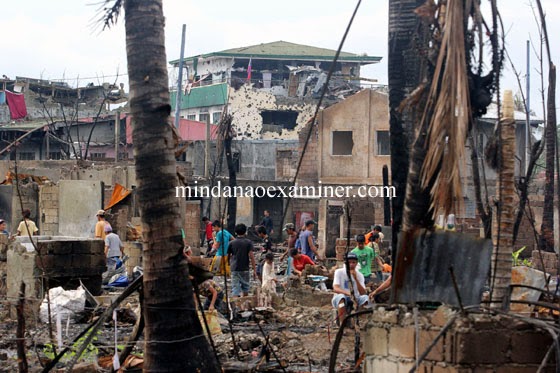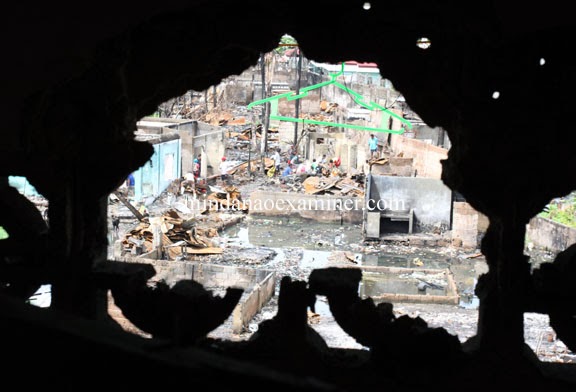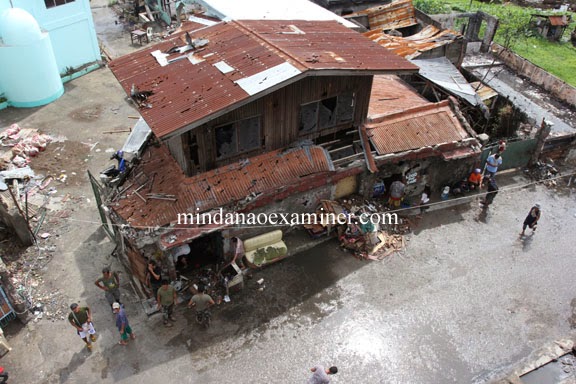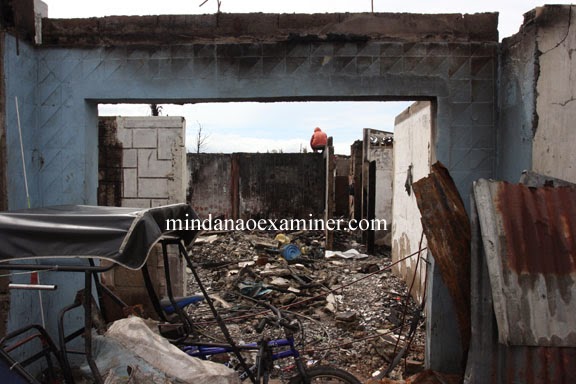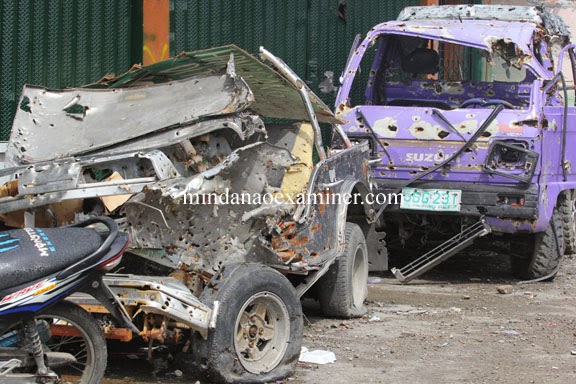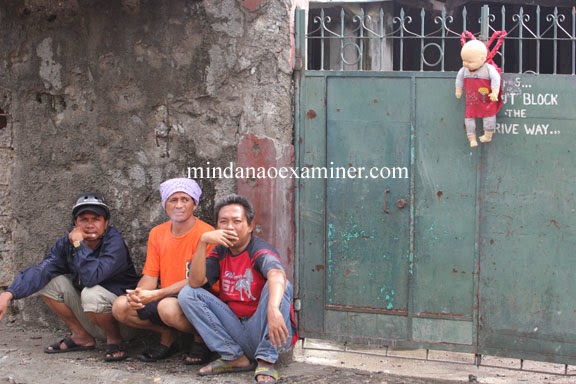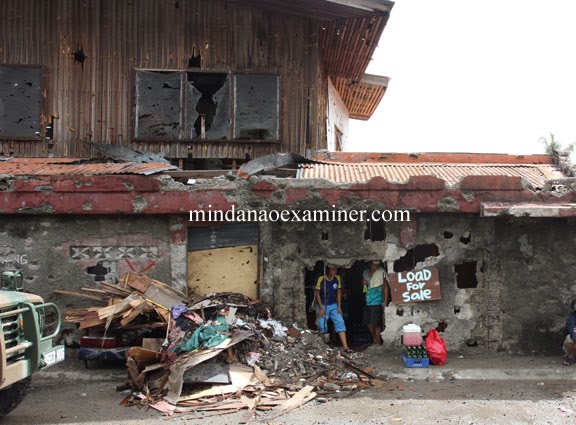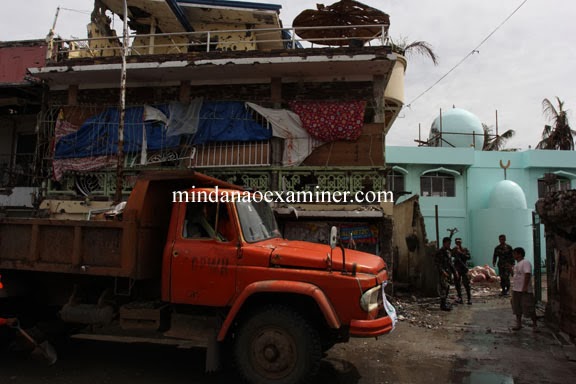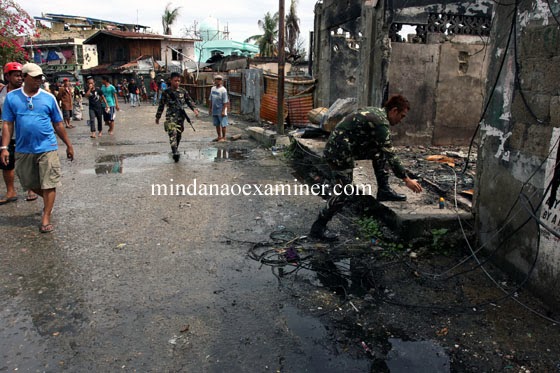
MANILA (Mindanao Examiner / Jan. 23, 2014) – The Catholic Bishops Conference of the Philippines said the government’s rehabilitation efforts in Zamboanga City is slow with over 35,000 people displaced by fighting between separatist rebels and security forces last year remain in evacuation centers.
It quoted Msgr. Chris Manongas, the administrator of the Archdiocese of Zamboanga, as saying that the rehabilitation effort is still at its lowest pace and that conditions of evacuees were less than ideal.
Manongas urged the government to fast track the reconstruction and rehabilitation of areas damaged or destroyed by the fighting so refugees can immediately return home and start rebuilding their life.
“We hope that the government will fast track the relocation and rehabilitation for the internally displaced,” Manongas said in an interview over the Catholic broadcast Radio Veritas. “Their condition is not really fit for human habitation. It’s a miserable condition that the government should address faster than what is going on right now.”
At least 65 evacuees had died in the past months in evacuation centers because of severe dehydration, asthma and hypertension, among other diseases.
Manongas claimed that there was no significant improvement in the situation since last September even if the government bragged of a “substantial amount” for the rehabilitation work. “We just wonder why it’s taking them a long time that until now, in the Ground Zero, they are still on the survey mode,” he said, adding “nothing is moving on the ground except the bunkhouses that they are constructing in other places, but not in the Ground Zero.”
Ground Zero refers to the areas where fierce fighting between Moro National Liberation Front rebels and government soldiers occurred.
More than 400 people were killed and wounded in the fighting that also forced over 120,000 people to flee their homes. At least 6 villages were burned to the ground due to the fighting, although there were reports that arsonists were behind some of the burning of houses in predominantly Muslim villages.
The local government has relocated hundreds of refugees to far-flung villages where bunkhouses were built for them. But many also protested the relocation, saying, it would be extremely difficult for them to rebuild their lives.
The refugees, many of them Tausug from Sulu ; Yakan, from Basilan; and indigenous Badjao tribe from Tawi-Tawi province – engaged in fishing and other traditional livelihoods – were being relocated to the far villages of Tulungatung and Taluksangay from their original habitat in the coastal villages of Rio Hondo and Mariki and other areas.
The Zamboanga government said it has built bunkhouses as temporary shelters to those affected by the violence, but it also warned that villagers who are not natives of Zamboanga would not be allowed to return to their former abode, unless they can provide certificates to show they are landowners.
Some of the displaced villagers accused the government of forcing them into relocating and others claimed social workers threatened to cut off relief aid should they reject the government offer to move to the hilly village of Tulungatung and Taluksangay.
While others protested, many also praised the government for providing them a living quarter and were elated by their new house, saying it greatly helped them in rebuilding their family and future. The P10-million bunkhouses, built by the army, were funded by the Department of Social Welfare and Development.
Those displaced by the fighting have been herded to a sports complex here, but the poor sanitation in the evacuation site makes it uninhabitable for many, and is also threatening the health of elderly, the women and the children.
Salazar urged the refugees to transfer to bunkhouses built by the government as they work for the completion of the rehabilitation plan. President Benigno Aquino has ordered the release of nearly P4 billion in funds to rebuild Zamboanga. (Mindanao Examiner)


